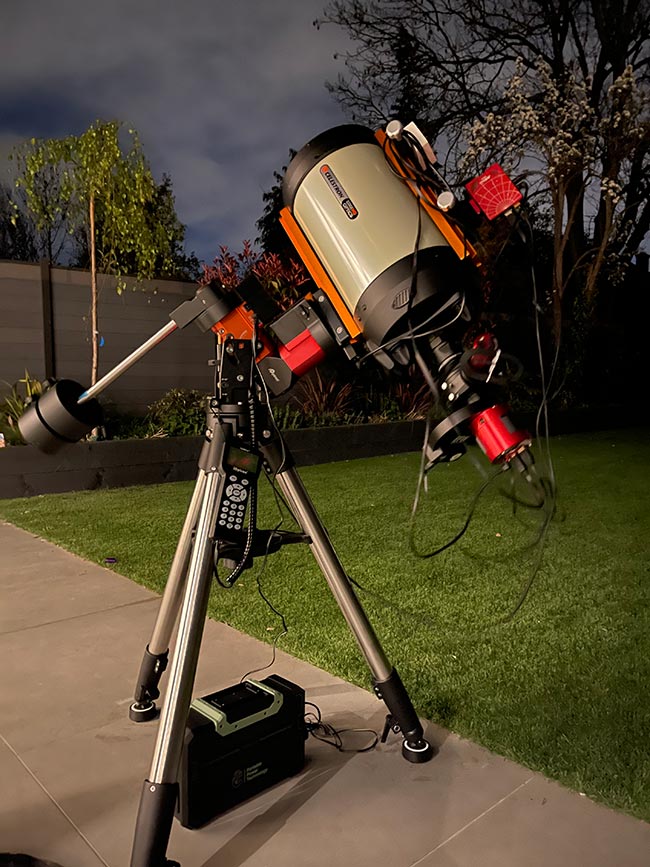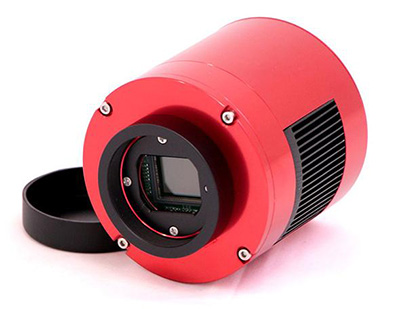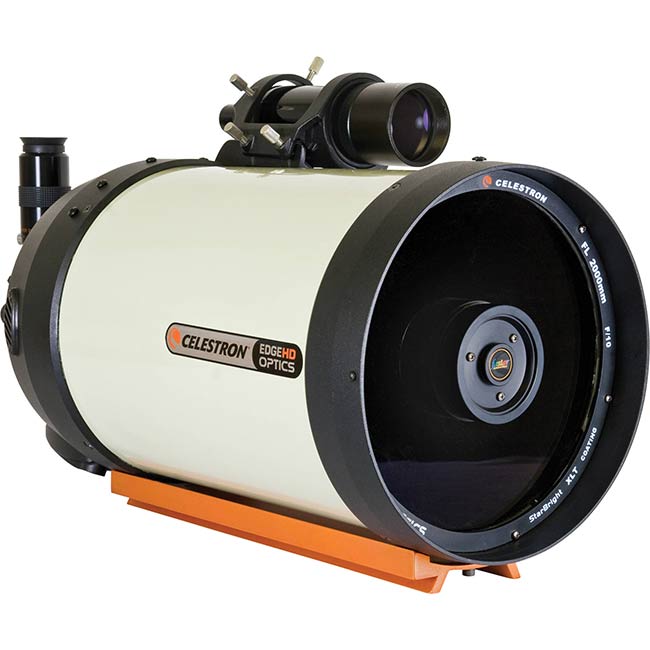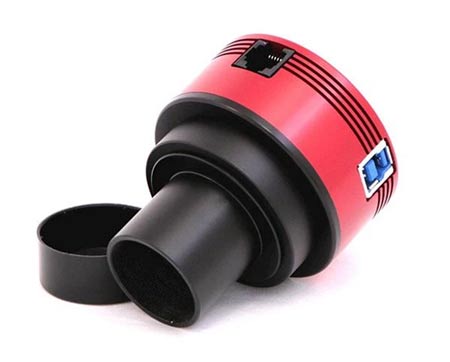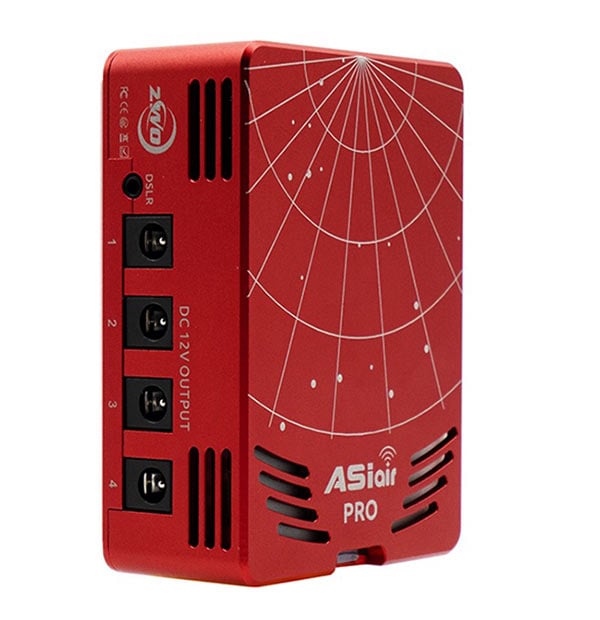Backyard of the Week | August 30, 2021
The AstroBackyard Backyard of the Week highlights astrophotography setups from around the world. A “backyard” can be a balcony, driveway, garden, or wherever else you set up astrophotography equipment at home.
By taking a behind-the-scenes look at the equipment amateur astrophotographers use to take deep-sky images, you can get a better understanding of the process.
This week’s backyard astrophotography equipment profile comes to us from Robert Leach in the United Kingdom.
Location: London, United Kingdom
Robert has quite an astrophotography setup. The only thing more impressive than his tidy deep-sky imaging rig is that immaculately manicured lawn!
Robert Leach
Robert is fascinated by all aspects of the hobby, and that becomes abundantly clear in his Instagram gallery. From wide-angle Milky Way landscapes to close-up portraits of the lunar surface, Robert does it all.
As many of us can relate to, Robert’s deep-sky astrophotography equipment profile is in a constant state of evolution. In this feature, we will focus on the equipment profile he submitted earlier this year.
The following image of the Whirlpool Galaxy is an excellent example of Rob’s setup shown above running on all cylinders.
Whirlpool Galaxy by Robert Leach
Robert’s Equipment
| Primary Imaging Camera | ZWO ASI1600MM Pro |
| Primary Telescope | Celestron EdgeHD 8 |
| Telescope Mount | iOptron CEM40 |
| Filter | Astronomik LRGB + 6nm SHO |
| Guide Scope | Celeston OAG |
| Guide Camera | ZWO ASI174M |
What does Robert love most about his gear?
“It only takes 5 minutes to set up and start imaging.”
Nearly every Backyard of the Week submission states “quick and easy set up” as their favorite aspect of their equipment. If you’re in the process of building a deep-sky imaging rig, I urge you to pay close attention to the overall weight and complexity of the system before moving forward.
The Horsehead Nebula and Flame Nebula by Robert Leach.
The Camera
Robert uses the legendary ZWO ASI1600MM Pro camera to capture his astrophotos from the backyard. A monochrome camera is the way to go if you really want to maximize the data you collect in each exposure.
ZWO ASI1600MM Pro.
The ZWO ASI1600MM Pro uses a 4/3″ mono (cooled) CMOS sensor to collect light on deep-sky objects over long periods of time. This 16 MP sensor (4656 × 3520 pixels), has a pixel size of 3.8 microns, which is a great match for many astrophotography telescopes.
The Filter
Robert uses 31mm Astronomik LRGB + 6nm SHO filters inside of his ZWO EFW (electronic filter wheel). LRGB filters allow Robert to build full-color broadband images, while the narrowband filters help to isolate and collect impactful nebulae structures.
Astronomik 31mm RGB filters.
I’ve personally used these filters with a monochrome camera (Starlight Xpress Trius 694) and had great results.
The Telescope
Robert uses a Celestron EdgeHD 8 to capture deep, close-up images of the night sky. At a focal length of 2032mm at F/10, this SCT is suitable for a wide range of deep-sky targets and can capture impressive high-magnification views of the planets and moon as well.
Celestron EdgeHD 8″
This Schmidt-Cassegrain telescope design is one of the most popular on the planet, thanks to its balanced combination of performance, versatility, and ease of use. For those looking to shoot wider and faster with their SCT, the Hyperstar system is a fantastic option to consider.
Celestron Edge HD 8″
- Type: Schmidt-Cassegrain
- Diameter: 203 mm
- Focal Length: 2032 mm
- Focal Ratio: f/10
- Weight: 14 lbs (6.3 kg)
The Telescope Mount
Robert is one of many happy iOptron CEM40 owners in the world. This center-balanced equatorial telescope mount features a computer database of objects and a built-in electronic polar alignment device.
iOptron CEM40
Any astrophotographer that has experienced a mess of cables draped around their telescope will appreciate the CEM40’s internal cable management system. With a payload capacity of 40 pounds (as the name suggests), this intermediate-level astrophotography mount can handle anything from a telephoto camera lens to an 8″ SCT.
The Guide Scope
You may have noticed a lack of guide scope on Robert’s setup. That’s because he uses a Celestron OAG (off-axis guider) to improve the tracking accuracy of his iOptron CEM40. Once you’ve figured out the correct spacing of the camera and adapters, an off-axis guider is an amazing way to add autoguiding to your system.
An OAG keeps the overall weight of your imaging rig down while providing ultra-precise corrections using the native focal length of your primary imaging telescope.
Celestron OAG
The Guide Camera
The ZWO ASI174MM is a monochrome planetary imaging camera that can also be used for deep-sky imaging as well. It features an impressive 1.5″ CMOS sensor with 2.3 megapixels (1936 1216).
The ZWO ASI174MM Planetary Camera.
The built-in-ST-4 autoguide port means that when this camera isn’t capturing the cloud bands of Jupiter, you can use it autoguide your deep-sky imaging sessions.
Accessories
Robert uses a ZWO ASIAIR Pro to automate his imaging sequences in the backyard, while he steps away from the rig and heads inside. This device allows Robert to preview and focus his ASI1600MM Pro camera in real-time using the ASIAIR Pro mobile app.
Once the autoguiding has been turned on, he can step away from the telescope and let the ASIAIR Pro continue to capture and store a long sequence of deep-sky images without a laptop computer.
The ZWO ASIAIR Pro.
Thank you for sharing your backyard astrophotography set up with us, Robert! You can view his astrophotography on Instagram.
Be sure to fill out the form to submit your backyard for a chance to be featured, and don’t forget to include your Instagram handle to help grow your following.
View the Backyard of the Week Archives
